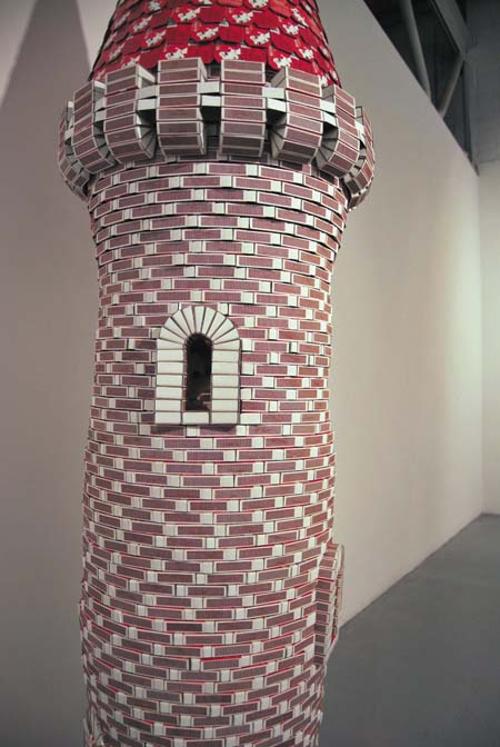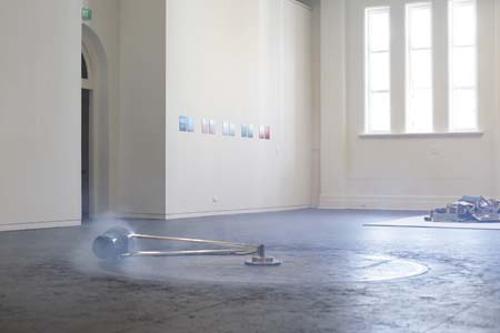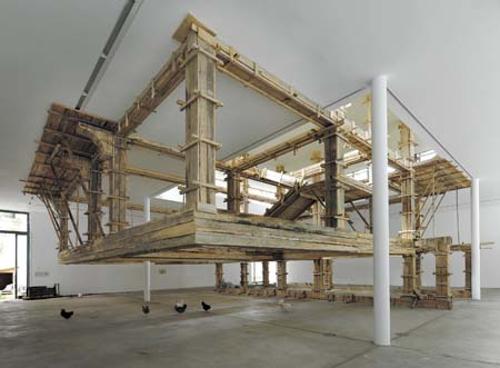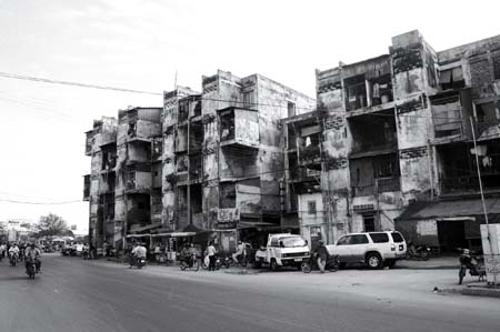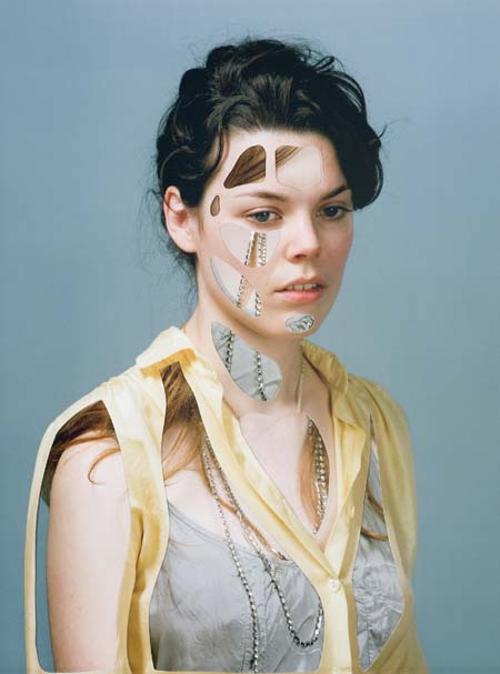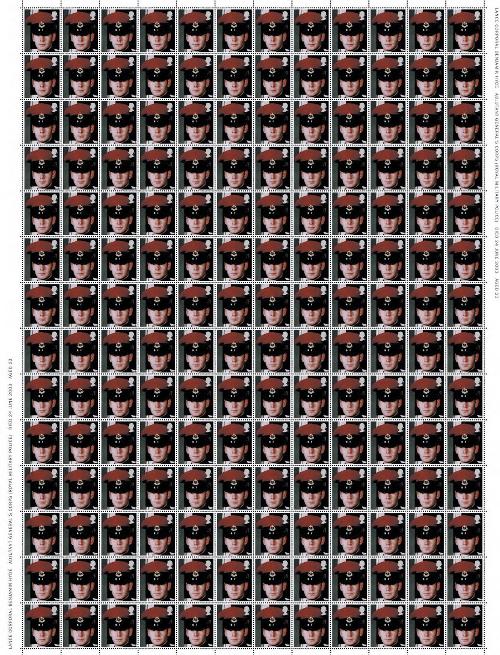Art in the Public Arena in the 21st Century
Until recently, there have been two prevailing paradigms of art in the public arena. One is exemplified in the thinking of design theorists such as Kevin Lynch in 'The Image of the City' (1960), when he inadvertently provided urban designers and planners with a ready reckoner for understanding the role of public art in the city. His chapter on the 'The City Image and its Elements', introduced concepts of paths, edges, districts, nodes, landmarks and various interrelationships of these. All were niftily diagramised, photographed and articulated in words readily communicable to urban designers and planners. Using such a lexicon, public art could be written up for civic authorities in instrumentalist policies that put a special value on integrated art and design. Eye-catching pathways, arty seats, colourful murals, identity and place-inspired gateways, and landmark sculptures could now be readily incorporated in new master plans. Public art, it was believed, could help make public spaces memorable.

